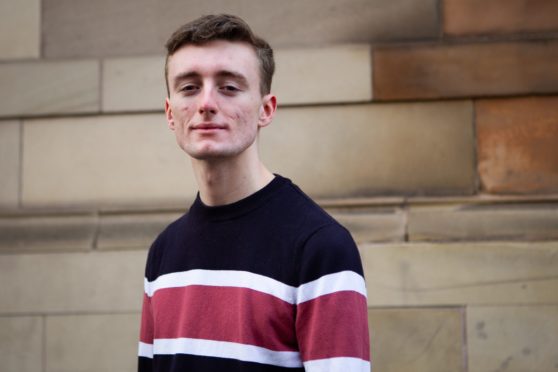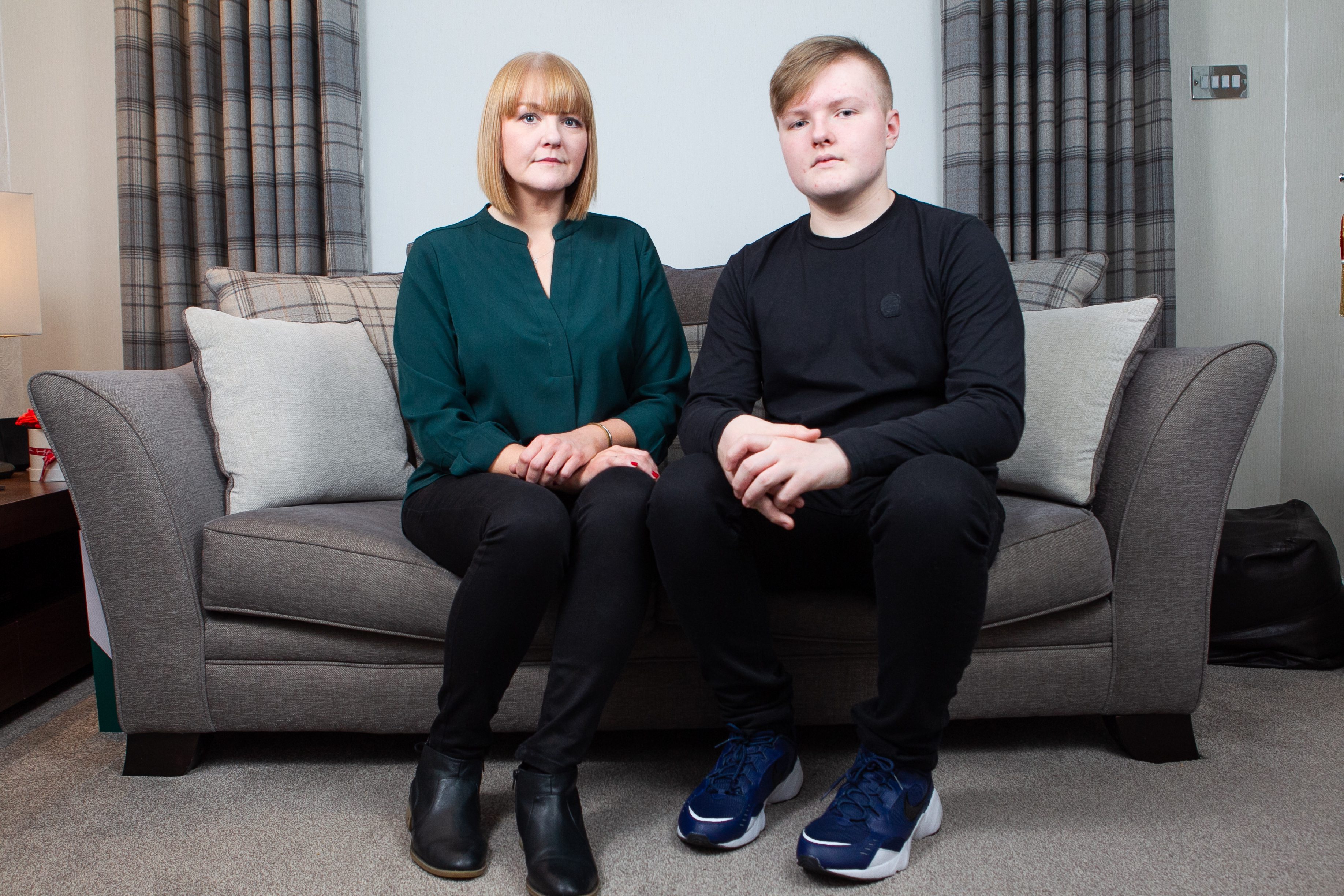
Children are being plunged into despair after failing to receive proper help for stammering, according to a teenage campaigner.
Alasdair Couper revealed he would hit himself to relieve his distress after some teachers made fun of him in the classroom.
The Glasgow University student is now campaigning in Scottish schools for specialist help for stammering, which affects 8% of children.
Scotland has the lowest level of specialist speech therapists in the UK, according to charity Action on Stammering Children.
Alasdair, 19, says he felt ridiculed by some of his teachers, adding: “I was so frustrated by the lack of understanding and encouragement that I would hit myself, slap myself hard on the legs if in some way it would relieve the distress.
“I can only imagine it is not uncommon in young people with stammers. Not being able to express yourself can be crippling. My stammer was understood more by peers at school than some teachers.
“Much is known about ADHD and dyslexia but much more work needs to be done to make teachers and others involved in the care of children.”
Alasdair, an ambassador for the Scottish Stammering Network, now visits Scottish schools to raise awareness and understanding.
He said: “It’s my aim to have a greater emphasis of teaching children with stammers incorporated into training for all teachers.”
Meanwhile, Scots families are travelling hundreds of miles for help.
Claire Reid from Barrachnie, near Glasgow, says she has spent £3,500 travelling to London and Eastbourne for specialist speech therapy for her son Lewis, 14.
The family first sought help for him when he was three but were told he would grow out of his stammer.
“He had not by five and we continued to seek adequate speech therapy but found it difficult to get one with a training in stammers,” said Claire.
“Seeing a child frustrated by their speech is painful and, like most parents, we wanted to do the best.
“We came across the Michael Palin Centre in London and the Starfish project near Eastbourne.
“They have helped considerably.
“We have spent £3,500 but know this is out of the reach of most families. So children with stammers are going without the therapy they desperately need.
“No one should have to travel from Glasgow to the south-east of England for speech therapy.”
Action for Stammering Children says there is an acute shortage of speech therapists who specialise in stammering.
It says their Freedom of Information requests to UK health boards revealed a postcode lottery of poor access to specialist speech therapists for affected youngsters.
The charity says almost two-thirds of Scottish health boards do not provide services and only offer speech and language therapists with some postgraduate training to work with children who stammer.
This compares with half in England and Wales and three-quarters in Northern Ireland.
The charity’s chief executive, Steven Gauge, said: “Where a child happens to live should not determine whether they are given the opportunity to access the specialist support.”
“A Scottish Government spokesperson said: “We are clear that we expect all health boards to do workforce planning across all specialities, including speech and language therapy, and ensure services are staffed appropriately.
“All children and young people’s speech and language therapy services in Scotland are working to improve access to knowledge and advice from specialist therapists through open referral, specialist dysfluency supports and child-centred therapy delivery.”
Professor Alex McMahon, executive director of Nursing, Midwifery & Allied Healthcare Professionals at NHS Lothian, said: “We have an active team of dedicated speech and language therapists who work with families across Lothian.”
NHS Greater Glasgow and Clyde said: “For children whose everyday lives are impacted by a stammer, there is full access to specialist support. We have no evidence to suggest there is an inability to deliver this treatment within NHSGGC.”

Enjoy the convenience of having The Sunday Post delivered as a digital ePaper straight to your smartphone, tablet or computer.
Subscribe for only £5.49 a month and enjoy all the benefits of the printed paper as a digital replica.
Subscribe © Andrew Cawley
© Andrew Cawley